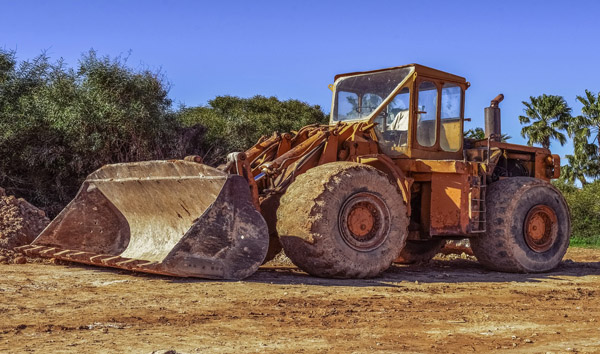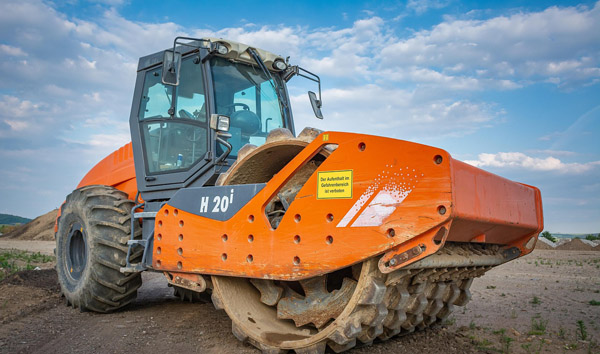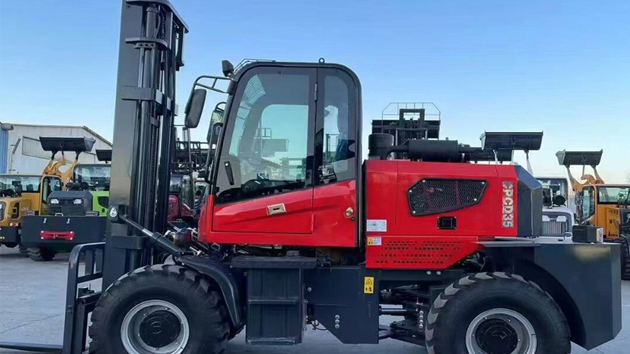The Future of Rough Terrain Forklift Remote Monitoring: A Technical Analysis
2025-07-03 04:50:29
The integration of remote monitoring systems into Rough Terrain Forklifts has revolutionized fleet management in challenging environments. These rugged machines, often deployed in construction, mining, and agriculture, now benefit from real-time data tracking, predictive maintenance, and enhanced operational efficiency. According to a 2023 industry report, companies utilizing remote monitoring for rough terrain forklifts have seen a 22% reduction in unplanned downtime, significantly lowering operational costs.
One of the key advantages of rough terrain forklift remote monitoring is its ability to provide live diagnostics. Sensors embedded in critical components—such as hydraulics, engines, and transmissions—transmit performance metrics to centralized dashboards. This allows operators to detect anomalies early, preventing costly breakdowns. For example, a case study from a leading logistics firm showed that remote monitoring reduced hydraulic system failures by 35% in just six months. Such data-driven insights are transforming maintenance strategies for rough terrain forklifts.
Another critical aspect is the role of telematics in optimizing rough terrain forklift operations. GPS-enabled tracking ensures precise location monitoring, while fuel consumption analytics help streamline energy usage. A 2024 survey by the International Forklift Association revealed that companies using telematics for rough terrain forklifts reported a 17% improvement in fuel efficiency. These systems also enhance safety by monitoring operator behavior, such as sudden braking or excessive speeding, reducing accident risks in hazardous terrains.
The adoption of AI-powered predictive analytics is further elevating rough terrain forklift remote monitoring. Machine learning algorithms analyze historical and real-time data to forecast potential failures before they occur. For instance, a mining company in Australia implemented AI-driven monitoring for its rough terrain forklift fleet, achieving a 40% drop in component replacement costs. This proactive approach minimizes disruptions and extends the lifespan of these high-value assets.
Despite its benefits, the widespread implementation of rough terrain forklift remote monitoring faces challenges, including data security concerns and high initial setup costs. However, industry experts predict that advancements in 5G connectivity and edge computing will address these barriers. With global demand for rugged material handling equipment projected to grow by 8.3% annually, remote monitoring is set to become a standard feature in rough terrain forklifts, driving efficiency and sustainability across heavy industries.














